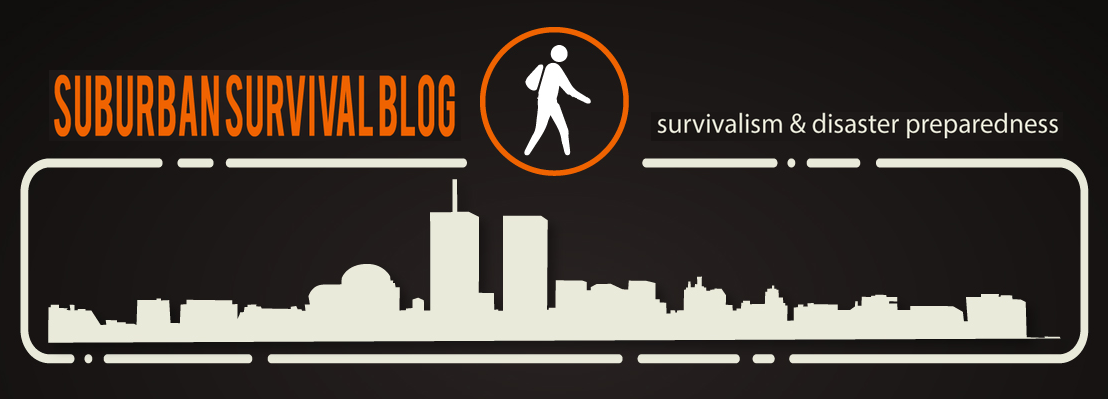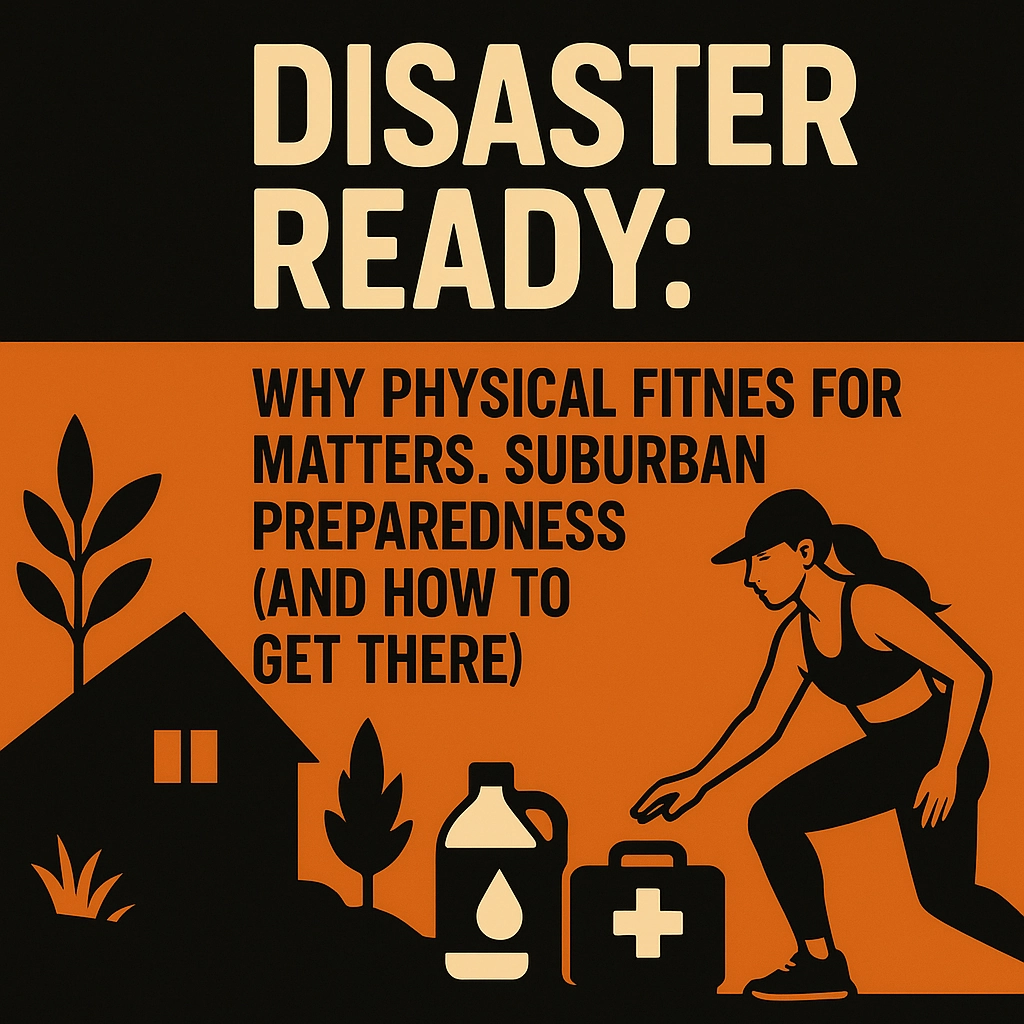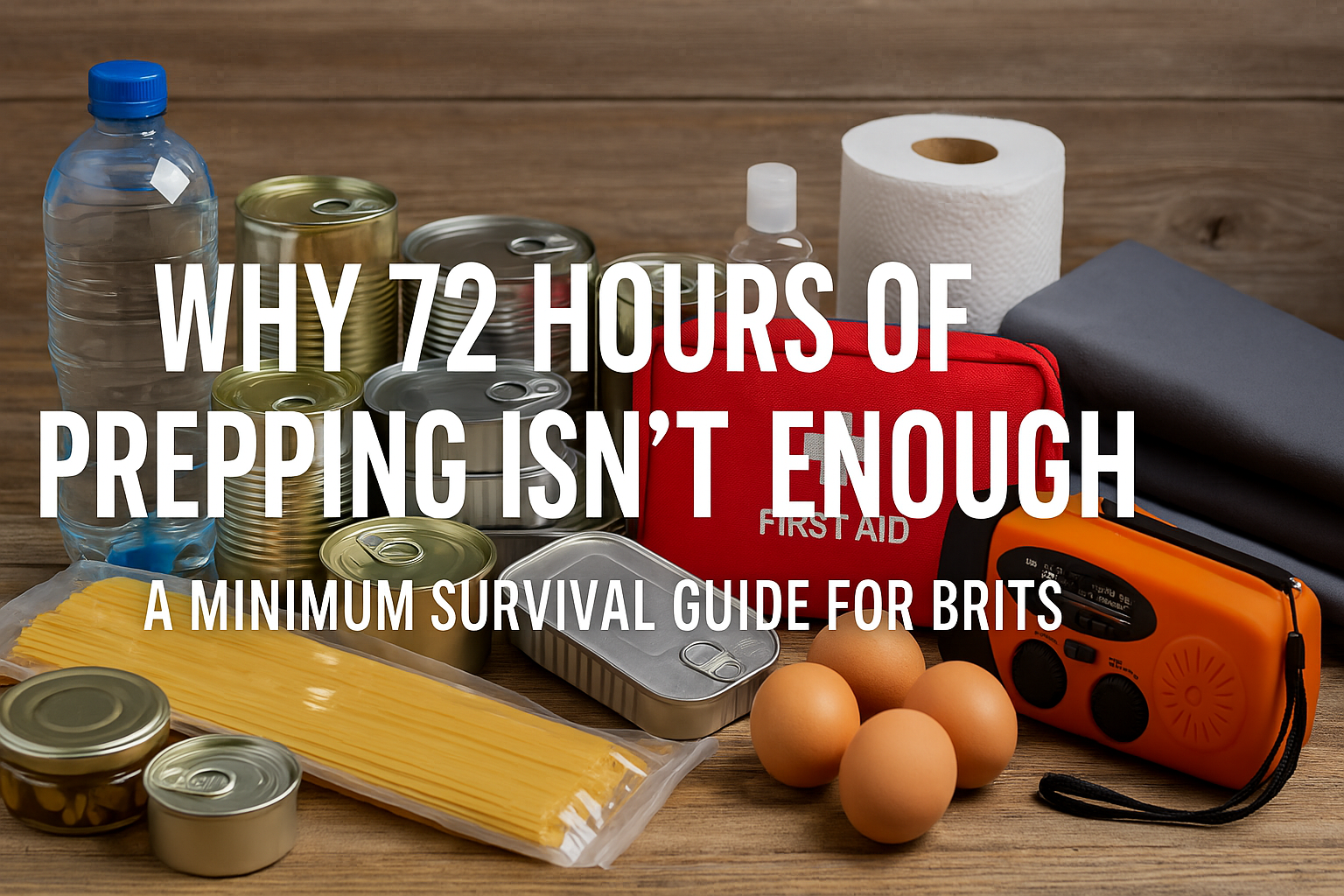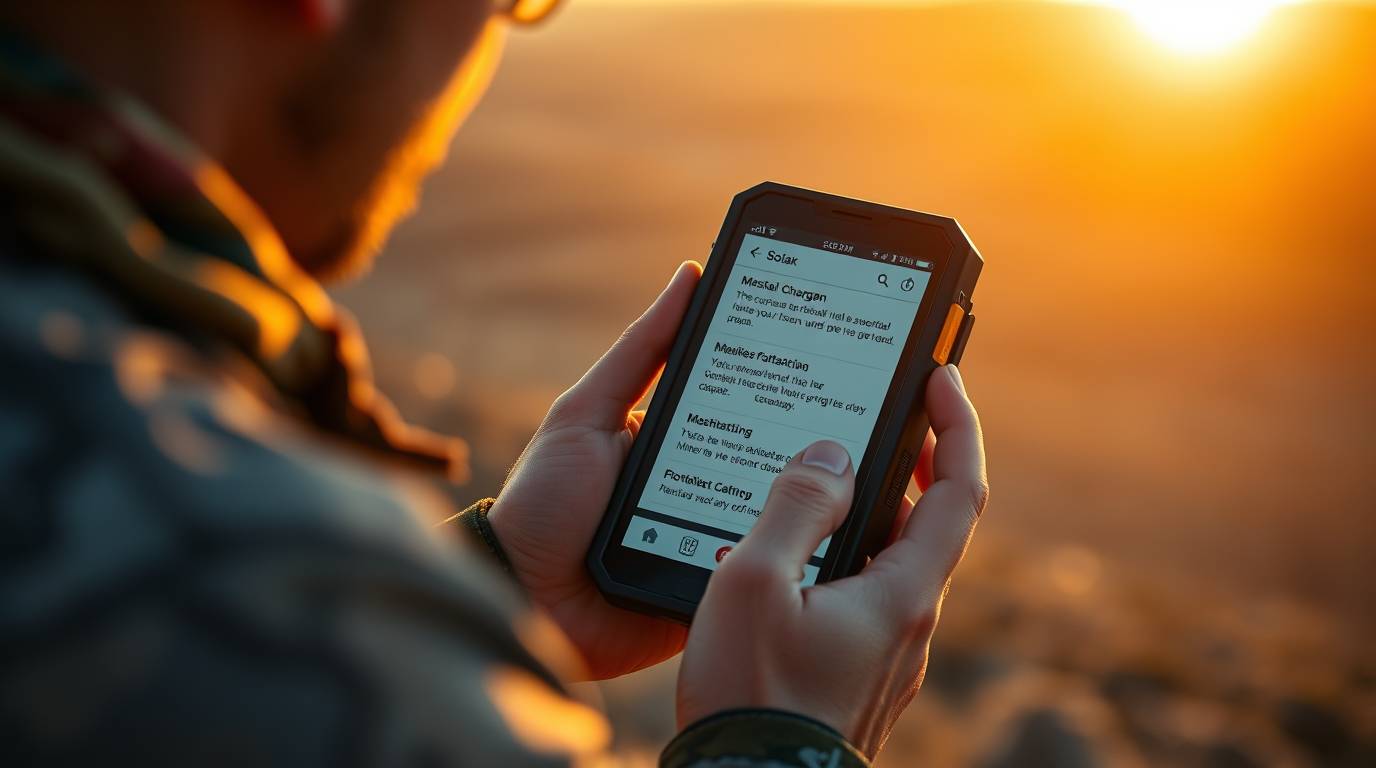One of the common mistakes that people make is to treat a dehydrated child in the same manner as a dehydrated adult. For a child that is severely dehydrated this will most likely mean death. I have been an ER nurse since the 1990’s and I cannot tell you how many times I have treated children for this condition. Sadly there are many occasions when a child may present to the ER only slightly dehydrated and by the time they are brought back to a room they have reached a moderate or even a severe state of dehydration. This can happen so quickly that disregarding the signs and symptoms for even fifteen minutes could result in a Childs death. Now I do not expect to get everyone up to the level of an EMT, ER RN or a physician. Most of the time just recognizing the signs and acting quickly with the appropriate treatment will be all that is needed. I have to constantly remind medical professionals to treat pediatric dehydration as a life threatening condition and they have been trained as to the signs, symptoms, and proper treatment.
Let’s look at the causes of pediatric dehydration first.
- Vomiting and diarrhea are the number one reason in my experience. Both are easily treated, but remember there is a reason our bodies are doing this so do not run amok with the anti-diarrhea or antiemetic medications.
- Vomiting – let the child vomit until they have nothing left, then give them sips, not cups of juice or water not milk. See how they do, if they persist in vomiting it may be time to consider something like promethazine, ondansetron, metoclopramide, or dimenhydrinate. Ginger and Aloe are natural remedies known to be effective.
- Diarrhea – The last thing you want to have is something like e‑coli start to grow exponentially because you gave that child some loperamide and stopped the body from expelling what it knows to be bad. As long as the child can drink enough to keep up with what is coming out, yes you sort of have to measure it, they will probably be fine. Several years ago a doctor gave his child an anti-diarrhea medication and the e‑coli grew like crazy for almost a week before it ruptured the intestinal wall. At 10 years old who wants a piece of their stomach and intestine removed? So until there is nothing but clear liquid coming out avoid the anti-diarrhea meds. One of my favorite bulking agents is oatmeal, it is cheap and most kids will tolerate it well.
- Heat related dehydration – Usually a result of some outdoor activity in which the child sweats out far more than they take in.This past summer two children almost died because their irresponsible parent s took them for a walk on the blacktop with nothing to drink in 110F but a humidex of 138F. They spent a day in the ICU and another 2 days in the pediatric unit recovering before child welfare took custody. They were out for less than one hour before collapsing. Again, to emphasize just how quickly this can go from darn good to fubar.
- Blood loss – there are a multitude of reasons this can happen including a broken bone, so lets us not dwell on the causes and just go for the treatment. First thing after establishing that they have a good airway and can breathe, because if they cannot do those bleeding is the least of their concerns, control the bleeding with direct pressure. No tourniquets allowed. A childs circulating blood volume is quite a bit less than an adults, even a small amount of blood loss can be life threatening.
- Burns – Bet most of you did not think of this one, and in a post shtf situation with fires for heating, or cooking the potential risk will increase dramatically. Once the child is safe, cool the burned area until it is no longer hot to touch. Please do not put any butter, margarine, mustard, vinegar, motor oil, mayonnaise (I have seen all of these applied to burns), or anything else that is not water on the burn. Remove all clothing in the affected area. Please be careful as the modern fabrics generally have an oil base and will stick to the skin. Pulling it off may remove a large portion of healthy tissue also.
Signs and Symptoms
Remember to be age appropriate, a 2, 4, 6, and 8 year old will all have different requirements and assessment levels.
- Sweating – Is the child sweating? Sweat is good it means they have enough hydration to expend cooling themselves, though they are actively dehydrating. If the child stops sweating you will need to act fast
- Skin Turgor – if you pinch their skin does it stay in the shape of a little pup tent or rapidly return to normal? Rapid return is good, pup tent is bad.
- Color – are they red, do they look flushed? Are they pale with clammy skin? Either one may be an indicator of dehydration
- Eyes – are the eyes moist or do they look like they are dry and starting to wrinkle? Wrinkles in the eyeball are a freaky site and require immediate intervention
- Level of consciousness, LOC – Is the child alert and oriented to their usual state? Do they know their name? If not consider dehydration if there has been no head injury.
- Motor skills and coordination – Are they able to do tasks they can usually do or walk without stumbling? While fatigue or a head injury may be a factor, they may also be dehydrated
- Mucous Membranes – are they moist or dry? Dry mouth and nasal passages indicate the child is probably dehydrated.
- Urine Output — Is the child urinating? How often? How much? What color is it? The medical standard is to produce 1mL/kg/hr. So a 10kg, 22lb child should produce 10mL, 2 tsp. per hour. Whatever they take in the same amount, roughly, should be coming out. Most children have to urinate once every 2 hours, so that same 10kg child should produce 20mL or 4tsp of urine. As for color, when ideally hydrated the urine is essentially clear. There are many things that can give color to the urine. Asparagus turns it green, Beets red, Carrots orange, so color is not truly an indicator of the level of dehydration.
Now we need to hydrate these little guys.
- Drink it – The preferred method because it is the easiest and the least invasive, all the other methods will not be enjoyed by the child. Pedialyte, have you ever tried this stuff? Not so yummy, but it does contain the electrolytes the child needs and they even come as popsicles. Regular popsicles, ice chips, water, juice are all good. Whatever the child will take in and keep down. Avoid giving soda, milk, acidic juices or juices with spices; these will generally make them start puking again.
- Rectal tube, Proctoclysis – not so much fun but if they are puking their guts out they probably will not mind. Try to use a tube no larger than the Childs pinkie finger. Remember to expel the air from the tube before inserting it of they will get a tube full of air first. It is ok to lube the tube, petroleum jelly, water based lubricants such as K‑Y, even butter or margarine will be ok here. Use a small funnel or at least one appropriate to the size of the child. Do not use the half gallon funnel for the one year old. Fill the funnel until it is topped off then let it absorb slowly. This is a passive way to get the fluid in, remember that gravity works and have the funnel above the child.
These next three methods should only be done by somebody that has proper medical training!
- Subcutaneous Line, SC, Hypodermoclysis – This one is for those with a little more medical skill. It involves inserting a needle under the skin and slowly inserting sterile intravenous fluid.
- Intravenous, IV – This involves the insertion of an IV catheter into the vein of the child and then infusing a sterile intravenous fluid, generally 0.9% Sodium Chloride in water also known as normal saline or NS. This is by far the quickest way to rehydrate the child and it is also the most difficult if the child is already severely dehydrated. Also there is a potential to infuse too much fluid which would create a whole other problem which may be just as deadly
- Intraosseus, IO – This is one that a lot of doctors will not try because of the risk for infection and tissue damage, and their own fears. Done correctly it will save children and adult alike. It is one of my favorites in a severe dehydration case of if there is another reason I cannot find a vein. The IO needle is inserted into the Tibia 1cm below the Tibial Tuberosity., see this is why it is best left to pros. Once inserted and marrow removed via syringe to confirm placement the fluid can be infused.
Well how much fluid do I need?
If the child can drink, let them have as much as they want if they are not already compromised. Once compromised, steps must be taken to ensure adequate hydration without putting the child at risk. For example giving the vomiting child a glass of milk will almost always lead to more vomiting and an increase in dehydration.
There are standards we use in the ER and I try to use these when possible. Remember to be age, weight, and dehydration level appropriate.
- Oral
- mild dehydration 50mL/kg over 4 hours
- Moderate dehydration 100mL/kg over 4 hours
- Increase by 10mL/kg for each episode of vomiting or diarrhea.
- Rectal Tube – as much as the child will tolerate up to 200mL per hour. Start out slow say 20mL per hour and increase the volume gradually as the child may tolerate or until the fluid is bypassing the tube and being expelled.
- SC – 20mL/kg over 4 – 24 hours up to 1mL per minute
- IV / IO – 20mL/kg over 4 hours. Once the child has stabilized proceed with oral rehydration. Use your best judgment as the level of dehydration.
There are many oral electrolyte solutions. They are essentially water, salts, and sugar in a specific ratio. Pedialyte, Gatorade, Powerade are great ready to drink electrolyte replacement drinks. Herbalife H3O, Sqwincher are excellent isotonic powder mixes that are easily stored and transported in the field, they store for years. There are of course other oral rehydration solutions made by other companies.








